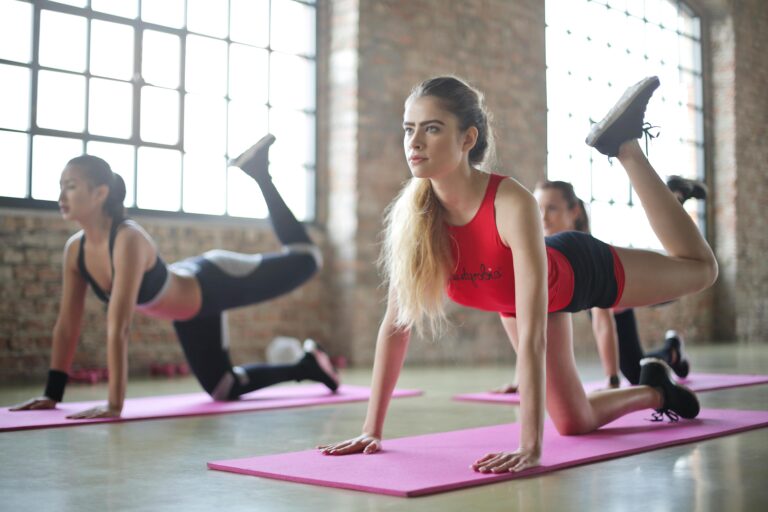
In the demanding field of EMS, where split-second decisions and physical agility are paramount, EMTs require a combination of strength, flexibility, and mental resilience to excel in their roles. While traditional fitness regimens like weightlifting and cardiovascular training are valuable, incorporating Pilates into their routine can provide EMTs with a unique set of benefits tailored to the specific demands of their profession.
At the heart of Pilates lies the focus on core strength and stability. EMTs frequently engage in activities that require strong core muscles, such as lifting and transferring patients, maintaining balance while maneuvering in tight spaces, and performing CPR compressions. By practicing Pilates, EMTs can develop a strong and stable core, which not only enhances their physical performance but also reduces the risk of injury.
Moreover, Pilates emphasizes functional movement patterns and proper body alignment, which are essential for EMTs who often find themselves in physically demanding and awkward positions. Through Pilates exercises that target muscle imbalances and improve posture, EMTs can enhance their body mechanics, ensuring optimal efficiency and effectiveness in their daily tasks.
Additionally, Pilates promotes flexibility and joint mobility, crucial components of overall physical health and injury prevention for EMTs. Enhanced flexibility enables EMTs to move more freely and comfortably, reducing the strain on muscles and joints during repetitive or strenuous activities.
Furthermore, Pilates fosters mental focus and concentration, qualities that are invaluable in the high-stress environment of emergency response. The mind-body connection cultivated through Pilates practice enables EMTs to maintain composure and clarity of thought, even in chaotic or emotionally charged situations.
In conclusion, Pilates offers a comprehensive approach to fitness and well-being that is uniquely suited to the needs of EMTs. By incorporating Pilates into their training regimen, EMTs can improve core strength, enhance flexibility, promote proper body mechanics, and cultivate mental resilience, ultimately empowering them to excel in their critical role as first responders.